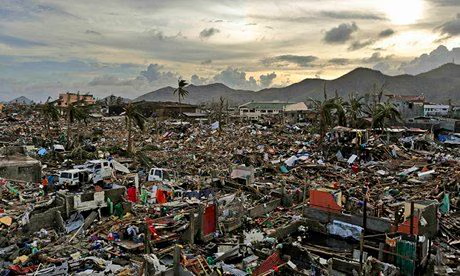At least 15 people were reportedly killed in Taiwan on Tuesday after a barrier lake in Hualien County overflowed during torrential rains from Super Typhoon Ragasa’s outer bands, according to Euro News.
A couple and a bookstore owner narrated to the BBC that when the floodwater came rushing down from the mountain, they tried to get to their car, but it was already too late.
“It was like a river outside, and cars were floating. Everything started drifting,” said the 42-year-old bookstore owner, Awa and her husband
The couple retreated to the second floor of their shop in Guangfu township and frantically worked to save as much of their book inventory as possible.
“I’m still in shock. I just can’t imagine how this could have happened,” she said.
Awa, like many other Taiwanese, is grappling with the unexpected, deadly destruction caused by the typhoon, even though the island was not in the direct path of the strongest storm the world has seen this year.
The main cause of the extensive damage in the eastern county of Hualien was the breaking of a barrier lake, according to Huang Chao Chin, the deputy commander of Taiwan’s Central Emergency Operation Centre. This lake formed in July when landslides from a separate typhoon blocked rivers in a remote mountain valley.
The lethal torrent of water that surged down the mountainside left those in its path with virtually no chance of survival. The flood’s immense power demolished a bridge, tore trees from the ground, and completely submerged vehicles.
Many of those who died were elderly, trapped by water surging into their homes.
The Matai’an Creek barrier lake is about 11km (7 miles) away from downstream communities.
Read Also
It held some 91 million tonnes of water, enough to fill 36,000 Olympic-sized swimming pools. About three-quarters of that water was suddenly released after the lake burst its banks on Tuesday, killing at least 14 people and injuring 32 others. Forty-six people are still unaccounted for.
Emergency services said the water was metres deep in Guangfu, the town worst hit. It rose as high as the second floor of a house in some places and was about one floor deep in the town centre.
The force of the water unleashed by the lake burst could be compared to a tsunami, said Chen Wen Shan, emeritus professor of geology at National Taiwan University.
“The kinetic energy could even be greater than that of a tsunami. The flow speed can exceed 100km/h [62mph] per hour,” he told the BBC. “Although the energy decreases once it reaches the plains, it remains powerful and fast – far beyond what a typical river embankment can handle.”
Survivors in Guangfu said they received no warning from the authorities immediately before disaster struck.
But Prof Chen said the academic community had sounded the alarm bell before, as universities were closely monitoring the water level of the barrier lake and working with authorities on the emergency plans.
“With the typhoon approaching, we could estimate the rainfall. We knew the water could overflow the lake this time. Part of the dam also collapsed, which caused a large volume of water. But even this volume was within our estimates,” he said.
“Failing to evacuate residents properly is one of the factors why the disaster became so severe.”





